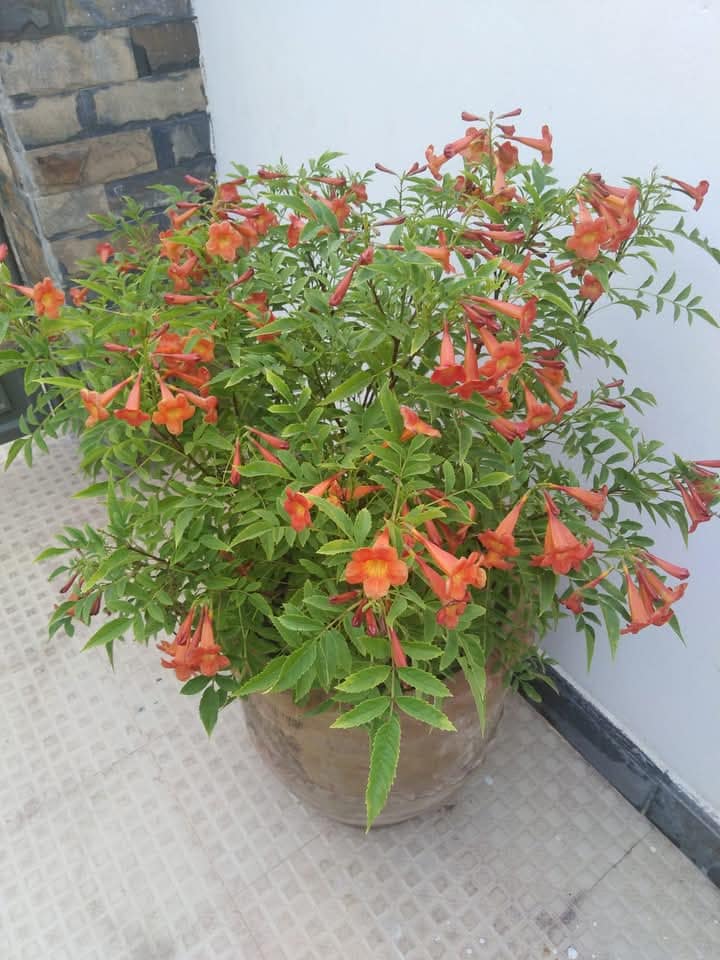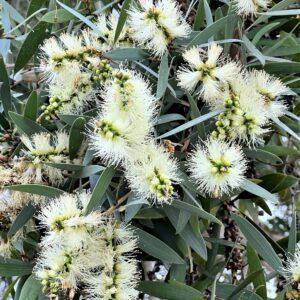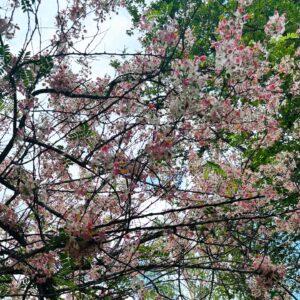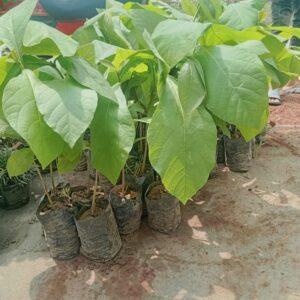American Oil Palm“The Towering Producer of Natural Oil is the American Oil Palm.
The American Oil Palm, sometimes called the Cohune Palm (Attalea cohune), is a high, solitary palm that is native to Mexico, Guatemala, Belize, and Honduras, where it thrives in lush, tropical woodlands. Although it is not grown as widely commercially as its African cousin (Elaeis guineensis), its enormous seeds yield Cohune oil, a premium oil.
This palm makes a striking ornamental statement, particularly in botanical collections, tropical resorts, and eco-gardens, in addition to its usefulness.
A botanic perspective
Attalea cohune is the scientific name.
Typical Names: American Oil Palm, Cohune Palm
Family: Arecaceae, sometimes known as the Palm family
Central America is the source.
Species: Tall, solitary palm that is monoecious
40–60 feet (12–18 meters) in height, and occasionally higher
Coverage: a canopy of 20–30 feet in width
Leaves: Enormous feather-like (pinnate) fronds that may reach a length of 25 feet.
Trunk: thick, grey, and ringed with leaf scars
Blooms: Tiny, creamy-white, borne on lengthy, branched inflorescences
Fruit: Oval nuts with oily kernels
Climate and Sunlight Requirements
Sunshine:
thrives in direct sunlight
Early on, may endure mild shade
Temperature:
Optimum range: between 22°C and 35°C
Sensitive at temperatures below 5°C; not frost-tolerant
Ideal for USDA Zones 10–12
Humidity:
Likes tropical, humid environments
After they have established, they can withstand short dry spells.
Perfect for rainforest borders, coastal gardens, and wet lowlands.
💧 Needs for Watering
Palms that are between one and two years old:
Water thoroughly twice or three times a week
Maintain a consistently moist, but not saturated, soil condition.
Mature Trees:
Water once a week during dry spells
Once established, it may endure short droughts.
Water should not stagnate in order to prevent root rot. Extensive irrigation promotes healthier root systems.
🌱 Soil Choices
Kind of soil:
Grows well in sandy, loamy, or nutrient-dense soil
needs sufficient drainage
pH Range: Somewhat acidic to neutral (6.0 to 7.0)
To increase water retention and soil quality during planting, use organic compost.
Needing Fertilizer
from spring through fall:
Use a balanced palm fertilizer once every three to four months.
Utilize gradual release formulas with magnesium, potassium, and manganese
Winter:
Interrupt fertilization during dormancy
A potassium or magnesium deficiency may be indicated by yellowing or browning of the fronds; if necessary, treat with supplements.
Taking care of and pruning
Pruning:
Only remove fronds that are dead, shattered, or turning yellow.
Over-pruning should be avoided as it weakens the palm.
Maintenance Guidelines:
Maintain a weed-free base.
Maintain the temperature and moisture of the roots by using mulch.
Trunks can grow to be enormous; give them lots of room and stay away from roads and foundations.
🌱 Propagation
Seeds (main method):
Germinate under warm, humid conditions
The process of seed germination lasts between two and six months.
To increase germination rates, soak seeds in warm water for 48 hours.
There are no offshoots from cohune palms. Each palm tree originates from a single seed.
🐛 Infections and Pests
Generally resilient, but susceptible to:
Scale insects and aphids
Leaves are eaten by caterpillars.
Root rot in waterlogged soils
If pests appear, use neem oil or insecticidal soap, avoid overwatering, and keep the air flowing.
🌴 Applications and Advantages
Oil from Cohune:
removed from the nuts
Used in cosmetics, cooking, and soap production
It has a lot of lauric acid, which is like coconut oil.
Timber and Craft Applications:
In indigenous communities, the trunk and leaf pieces are used for roofing, furniture, and fences.
Decorative:
Ideal for planting tropical specimens, reforestation, and eco-landscaping
Its enormous fronds and towering shape make it an eye-catching focal point in any big park or garden.
Conclusion
The American Oil Palm (Attalea cohune) is a magnificent, versatile palm that combines economic worth with aesthetic appeal. Its enormous size and elegant canopy make it perfect for botanical gardens, vast tropical landscapes, or sustainable oil production initiatives, even if it grows more slowly.
American Oil Palms give gardeners a beautiful, long-lasting presence that combines form, function, and foliage if they are patient.”
Orange Tecoma
₨800.00
“The orange tecoma bush, also known as *Tecoma alata* or *Tecoma × ‘Orange Jubilee’* in science, is a popular, fast-growing flowering shrub or little tree valued for its clusters of vivid orange, trumpet-shaped blooms. This cultivar, which is a close relative of the Yellow Tecoma (*Tecoma stans*), brings vibrant, warm color to gardens and landscapes.
From spring to fall, it produces a large number of flowers that draw bees, butterflies, and hummingbirds. The plant flourishes in direct sunlight, is drought-resistant after it has become established, and prefers well-drained soil. Orange Tecoma requires little care and develops into a thick, erect shrub that may be used as a hedge, screen, or focal point. It is a popular plant in tropical and subtropical gardens due to its bright color and prolonged blooming season.”





Reviews
There are no reviews yet.